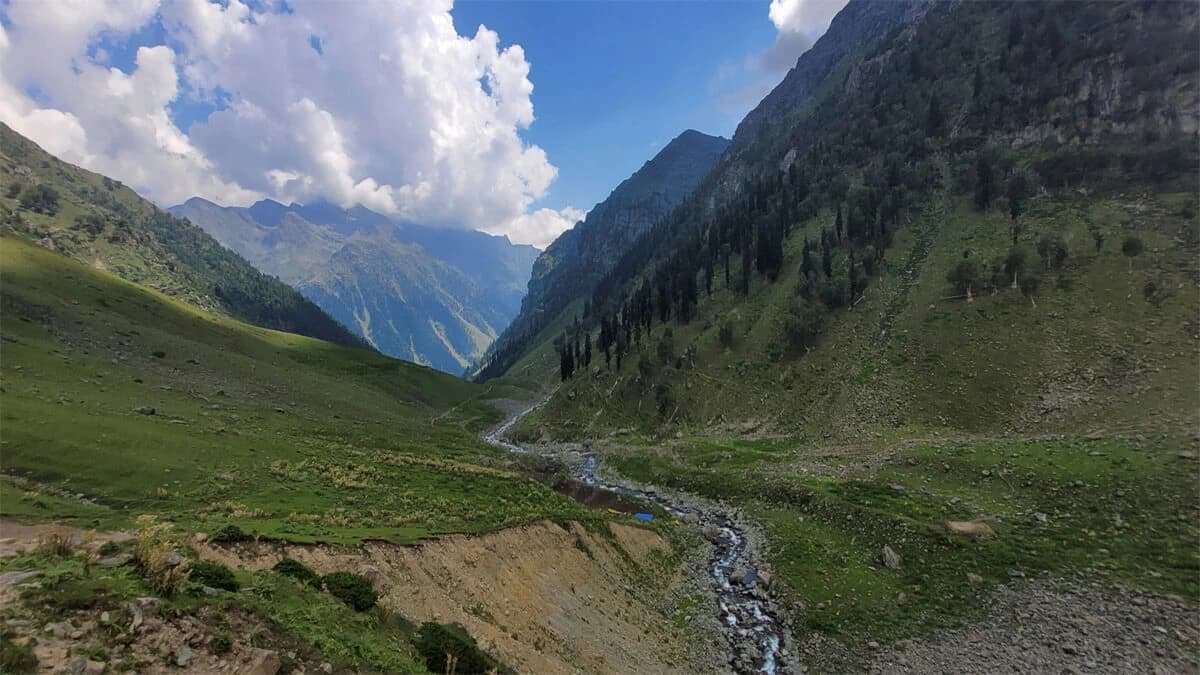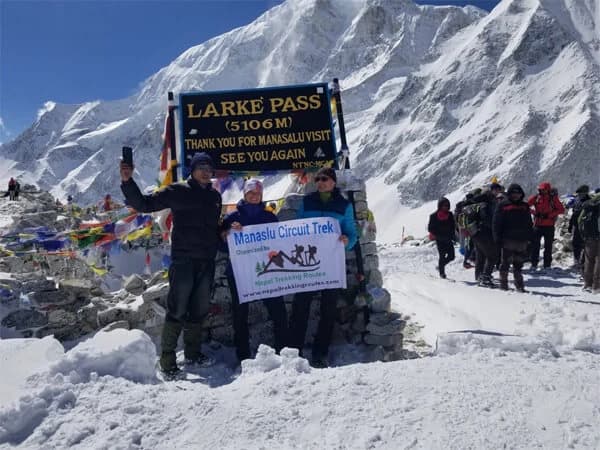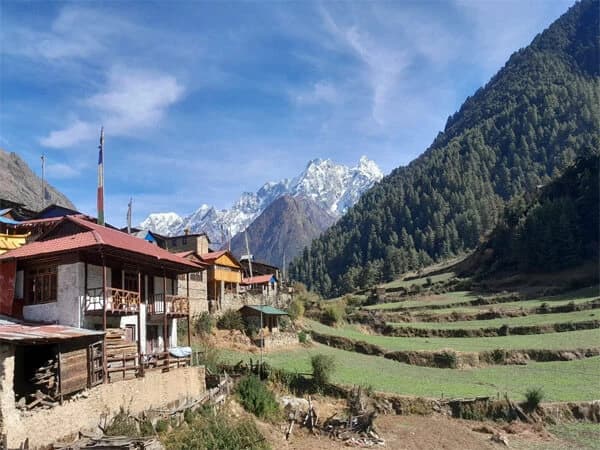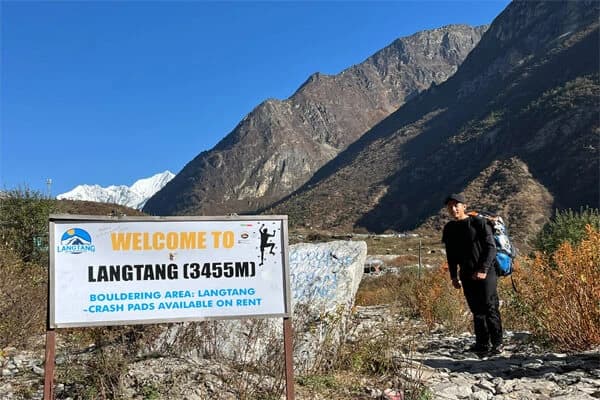Remote trekking in Nepal provides a unique adventure for tourists looking for seclusion, pristine scenery, and genuine cultural experiences. These treks, like Upper Mustang, Manaslu Circuit, Kanchenjunga Base Camp, Dolpo, and Makalu Base Camp, are less crowded than well-traveled routes, have rough terrain, and have fewer amenities, thus fitness and planning are crucial. High passes, historic settlements, scenic valleys, and expansive Himalayan vistas await trekkers. Remote trekking offers a closer connection to the natural world and regional customs, although being more difficult.
Best remote trekking in Nepal
Remote treks in Nepal are journeys that take you far from the busy trails of Everest and Annapurna into hidden valleys, untouched landscapes, and culturally rich villages. In addition to affording seclusion and the opportunity to witness the Himalayas in their pure, unspoiled state, these treks offer a genuine sense of adventure. Remote treks require more planning because there are fewer lodging options and services available than well-traveled routes with lots of tea houses and amenities. For those looking for a genuine trekking experience, this makes them both difficult and incredibly rewarding.
The contrast between physical demands and spiritually elevating qualities of remote trekking is what makes it so beautiful. In the midst of majestic peaks and breathtaking scenery, trekkers come across uncommon species, historic monasteries, and traditional ways of life. They are best suited for seasoned trekkers or adventurers with a strong will because the trails are frequently longer, the elevations are higher, and the circumstances are more unpredictable.
We will examine the best remote trekking in Nepal in this article, going over their benefits, drawbacks, and reasons why anyone looking for something different from the typical Himalayan trails should make the effort.
What Makes a Trek “Remote”?
Nepal's remote trekking draws adventurers seeking alternatives to the traditional routes. Remote treks allow you to engage with environment and culture on a deeper level than the well-known Everest or Annapurna circuits, where paths are crowded and facilities are plentiful. They are often called off the beaten path treks Nepal because they lead you to areas less explored, with unique landscapes and traditions.
Fewer Crowds, More Privacy
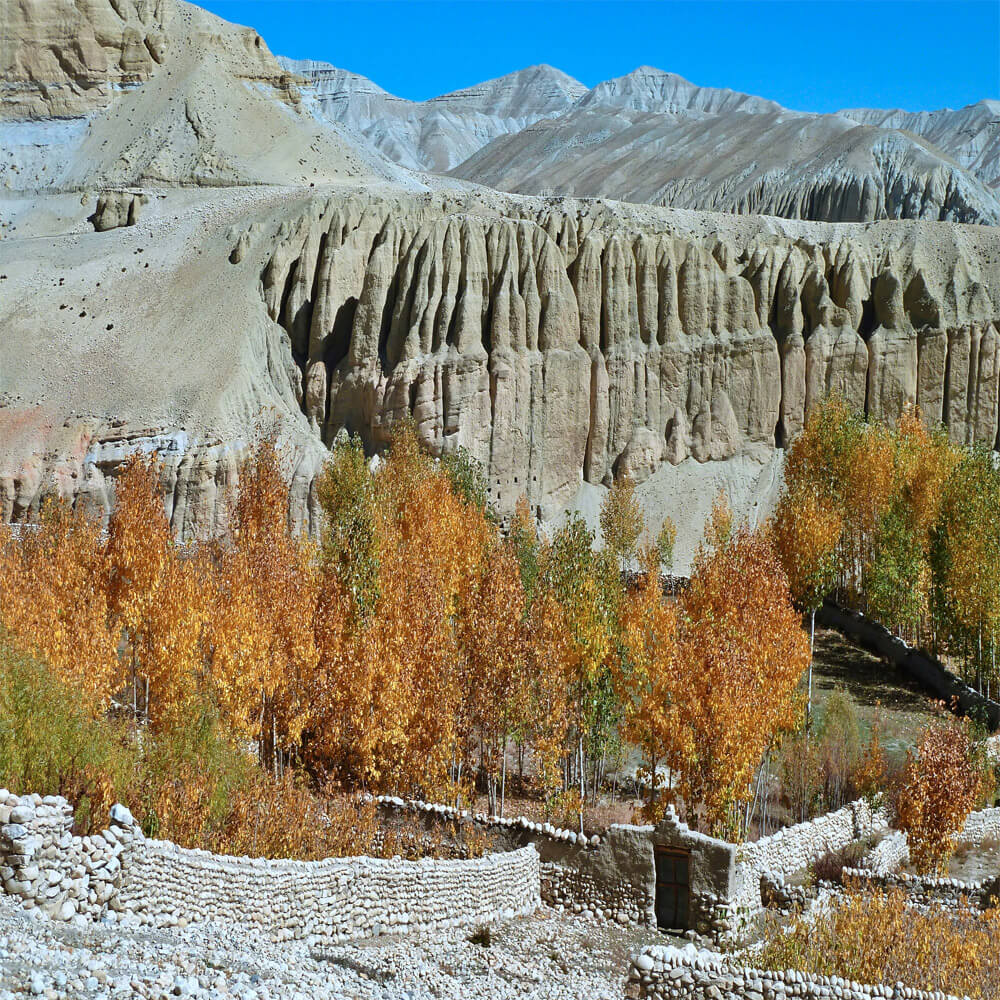
The absence of crowds on isolated treks is one of the main distinctions. You may stroll alongside dozens of other trekkers every day on well-traveled paths. But on hidden trekking routes Nepal, you often trek for hours without meeting anyone. Every step feels unique and uncharted because of the tranquility and sense of adventure that this seclusion fosters.
Limited Infrastructure and Facilities
Compared to popular trekking routes, remote treks typically include fewer tea houses, lodges, and eateries. Basic accommodations may include simple meals and few conveniences. Homestays, which provide trekkers a genuine look into local life, are the sole choice in some places. This simplicity which is unvarnished and authentic is a component of the trip.
Demanding Trails and Rugged Terrain
Off-the-beaten-path treks in Nepal can have more difficult terrain than popular ones. Anticipate river crossings, rough descents, steep climbs, and occasionally trails that vanish into high pastures or forests. These difficult circumstances call for endurance, planning, and the appropriate equipment, but they also offer amazing benefits like unspoiled landscapes and uncommon wildlife encounters.
Tradition and Cultural Authenticity
Because there is less external impact in isolated areas, customs endure. There are communities on hidden trekking routes in Nepal that continue to follow ancient traditions, such as the Bon religion in Dolpo or Tibetan-influenced rites in Mustang. Trekkers get the opportunity to witness a way of life that has not altered much in generations.
True Adventure and Exploration
Remote treks are for people who wish to explore more than just a track. Trekkers frequently feel like real explorers finding something unique because these places are less established for tourists. These trips are unforgettable because each village, pass, and secret valley has a story to tell.
In Nepal, a trek is considered "remote" if it is solitary, difficult, and genuine. By selecting off-the-beaten-path treks or exploring hidden trekking routes in Nepal, visitors can witness the Himalayas in its most raw, culturally diverse, and profoundly fulfilling state.
Benefits of Remote Trekking
Remote trekking in Nepal is gaining popularity among tourists who are looking for more than simply stunning mountains; they are also seeking peaceful paths, genuine cultures, and raw adventure. In contrast to well-traveled routes like Everest or Annapurna, the isolated pathways allow trekkers to establish a close relationship with both nature and themselves. These are the primary advantages of selecting such excursions.
Discovering Unexplored Treks in Nepal
One of the biggest rewards of remote trekking is the chance to explore unexplored treks in Nepal. Many areas, like Makalu, Kanchenjunga, and Dolpo, are still mostly undiscovered by tourists. Few outsiders have seen the traditional lifestyles and unspoiled Himalayan wilderness found on these paths. Trekking in these locations lets you see Nepal from a different angle, following trails where people continue to practice customs that date back hundreds of years.
Least Crowded Treks Nepal
The least crowded treks Nepal can offer are accessible to individuals who detest crowded paths through isolated trekking. You may trek for hours in places like Upper Mustang or Manaslu without coming across another trekking group. This isolation fosters tranquility and a closer bond with the natural world. It also means that you may take in the villages, monasteries, and vistas without having to deal with crowded areas. The trek becomes a personal journey as a result of the peace, which improves the spiritual and physical experience.
Wilderness Trekking Adventure in Nepal
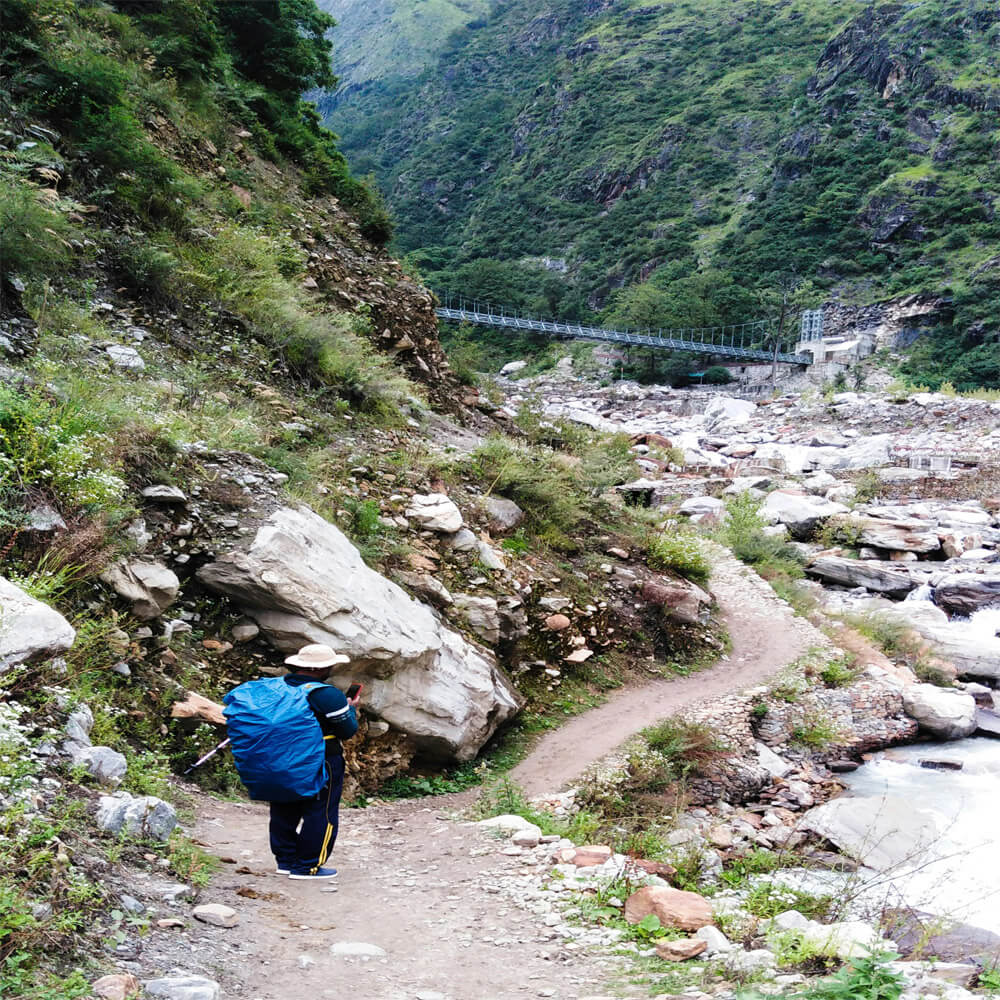
For those who crave for genuine adventure, remote locations are ideal, like wilderness trekking Nepal provides. The excitement of the outdoors comes to life when you cross high mountain passes, camp beside wild rivers, or trek beneath pristine peaks. These trails wind through dense woods, alpine meadows, and secret valleys where you can see endangered species like Himalayan blue sheep, snow leopards, or red pandas. Trekking into the wilderness puts your endurance and fortitude to the test, but it also gives you an unparalleled sense of achievement.
There are many more advantages to wilderness trekking than just walking. They offer access to uncharted territory, peaceful paths devoid of tourists, and authentic nature encounters that few dare to try. Adventurers can witness the raw, genuine, and stunning Nepal by selecting such treks. Remote treks are the pinnacle of Himalayan adventure for those looking for a journey that is both challenging and enlightening.
Challenges of Remote Trekking
Trekking in remote parts of Nepal is a dream for many adventurers seeking an authentic trekking experience Nepal. Trekkers must be ready for the difficulties that these trips present, though. The challenges make these treks appropriate mostly for seasoned and committed travelers, but the rewards are amazing incredible mountains, old cultures, and unspoiled beauty.
Demanding Trails and Rugged Terrain
Remote treks often follow untouched Himalayan trails, far less developed than the popular Everest or Annapurna routes. Paths might be steep, rocky, or snow-covered, requiring stamina and muscle. High mountain climbs above 5,000 meters and river crossings on wooden bridges can put one's physical and mental fortitude to the test. Trails are less marked than more popular routes, thus navigational aids are crucial.
Altitude and Weather Risks
The majority of Nepal's isolated treks ascend to higher elevations, when the air is thinner and altitude sickness is more likely to occur. Acclimatization becomes crucial at elevations higher than 3,500 meters. Rapid changes in the weather can make things more challenging, as can snow, rain, or severe gusts. Trekking in these kinds of conditions requires adaptability and prudence.
Limited Facilities and Logistics
Well-established tea shops are rarely comfortable in remote locations. Basic housing and food options are available, occasionally necessitating camping. On rural village treks in Nepal, meals are simple and depend on local supplies, unlike the wider choices in more popular trekkingareas. Trekkers must be self-sufficient and well-prepared because there is little access to electricity, Wi-Fi, or medical facilities.
Longer Duration and Physical Fitness
Due to the remoteness of the areas, remote treks typically take two to three weeks, and occasionally longer. Long trekking days, little downtime, and difficult passes necessitate a high level of mental and physical toughness. It is highly encouraged to perform strength, endurance, and cardio training prior to the trek.
Rescue and Accessibility Challenges
Compared to the more commercial roads, there are less possibilities for rescue in the event of an emergency. Although they are expensive and depending on the weather, helicopter evacuations are feasible. Trekkers must travel with qualified guides who understand how to manage crises and have the appropriate insurance.
In Nepal, remote trekking is more than just getting to your destination; it is about seeing the raw beauty of the country's landscape and culture. Although the difficulties of rough terrain, high elevation, and sparse amenities can be difficult, they make room for a closer bond with the Himalayas. For those seeking an authentic trekking experience in Nepal, walking along untouched Himalayan trails, and experiencing the charm of rural village treks Nepal, the rewards far outweigh the hardships. Remote trekking into the hidden heart of Nepal may be a life-changing experience with the correct planning, perseverance, and assistance.
Popular Remote Trekking Routes in Nepal
Nepal is a paradise for trekkers, and beyond the famous Everest and Annapurna regions lies a collection of isolated trekking destinations in Nepal is proud of. These paths offer unspoiled scenery, genuine village life, and an adventurous attitude that is unrivaled by well-traveled paths. Here are a few of Nepal's top adventure treks that are still rewarding and remote.
Upper Mustang Trek
Many refer to the Upper Mustang Trek as the "Last Forbidden Kingdom." Trekkers on this adventure enter a Tibetan-style desert with caves, monasteries, and unusual cliff houses. The restricted area status has preserved its culture, making it one of the most culturally rich remote treks in Nepal offers. It is unforgettable due to its blend of Tibetan-influenced customs and arid scenery.
Manaslu Circuit Trek
The Manaslu Circuit Trek is the eighth-highest peak in the world. The route, which features snowcapped peaks, deep gorges, and towering suspension bridges, is less busy than Annapurna or Everest but just as beautiful. The Larkya La Pass (5,160m) is one of best adventure treks in Nepal because it offers both challenge and reward.
Kanchenjunga Base Camp Trek
Trekking to Kanchenjunga Base Camp, one must travel to the eastern Himalayas, close to the third-highest mountain in the world. Despite its length and difficulty, this path offers breathtaking views, alpine meadows, and unspoiled environment. Its remoteness makes it one of the best isolated trekking destinations Nepal has to offer, perfect for those who want solitude and stunning high-altitude scenery.
Dolpo Region Trek
Phoksundo Lake's turquoise waters serve as a backdrop for the mysterious landscapes traversed by trekkers in the Dolpo Region. This walk is both spiritual and daring because of the high passes, ancient Bon culture, and the presence of snow leopards and blue sheep. It remains one of the most culturally rich remote treks Nepal offers, with villages and traditions untouched by modern life.
Makalu Base Camp Trek
One of the hardest remote treks is the Makalu Base Camp Trek. It is best suited for experienced trekkers because to the difficult terrain, long trekking days, and minimal amenities. The reward is unspoiled natural splendor and breath-taking views of Makalu, the fifth-highest peak in the world. It stands out among adventure treks in Nepal for its raw and demanding nature.
Nepal's wild treks offer adventure, culture, and solitude, from the alpine passes of Manaslu to the desert cliffs of Mustang. These isolated trekking destinations Nepal provide trekkers experiences beyond the norm, but they also demand preparation and perseverance. These routes highlight the finest of culturally rich remote treks Nepal whether you are looking for wildness, cultural richness, or pure challenge.
Who Should Choose Remote Treks?
Nepal's remote trekking is not for everyone. Compared to well-traveled routes, these trips are more difficult, lengthier, and often less comfortable. Remote trekking, however, can be one of the most fulfilling Himalayan experiences for individuals who possess the proper mindset. Let us examine the kinds of tourists who are most appropriate for these experiences.
Adventure Seekers Looking for the Best Secluded Treks Nepal
The best secluded treks Nepal has to offer are ideal if your trekking vision extends beyond congested routes and bustling tea houses. These treks, like the Upper Dolpo Trek and the Kanchenjunga Base Camp Trek, lead you into unspoiled areas where you might walk for days without seeing many other trekkers. You may enjoy the pure beauty of the mountains, get in touch with nature, and find true tranquility in the quiet. These excursions will leave a lasting impression on those who appreciate solitude, spaciousness, and genuineness.
Experienced Trekkers Interested in Offbeat Trekking Nepal
Offbeat trekking in Nepal offers the next level of difficulty for trekkers who have previously experienced the Himalayas or other mountain ranges. Routes like the Manaslu Circuit and Makalu Base Camp mix rough terrain, high mountains, and steep climbs with few amenities. These paths are better suited for experienced trekkers than beginners because they challenge mental toughness, physical stamina, and endurance. The benefits are enormous: up-close views of the Himalayan peaks, genuine cross-cultural interactions, and the satisfaction of finishing a trek that very few people venture to attempt.
Explorers Searching for Wild Trekking Adventures Nepal
Wild trekking adventures Nepal are calling if you have ever dreamed of trekking into unexplored terrain, camping beneath the stars, and traversing isolated mountain passes. Treks in Upper Mustang or Dolpo are more about raw adventure than comfort. Due to inadequate or nonexistent infrastructure, these trails frequently call for porters, knowledgeable guides, and camping assistance. Wild treks offer the ultimate Himalayan adventure for those who like to push themselves while learning about distinctive cultures, such as Tibetan-influenced towns or old Bon customs.
Who Should Avoid Remote Treks?
These experiences will not be enjoyable to all trekkers. Trekking in remote areas requires perseverance, flexibility, and patience. Well-traveled routes like Everest Base Camp or Annapurna Base Camp can be a better option if you enjoy well-maintained trails with lots of tea houses, shorter walking days, and convenient access to facilities.
The ideal candidates for remote trekking are individuals who value independence, difficulty, and cultural authenticity. Whether the best secluded treks Nepal appeal to you, the offbeat trekking Nepal challenges excite you, or the wild trekking adventures Nepal fascinate you, these travels will reward you with magnificent scenery and tales. These isolated excursions can become more than just treks with the help of reliable organizations like Nepal Trekking Routes, mental preparation, and appropriate physical health.
Tips for Remote Trekking in Nepal
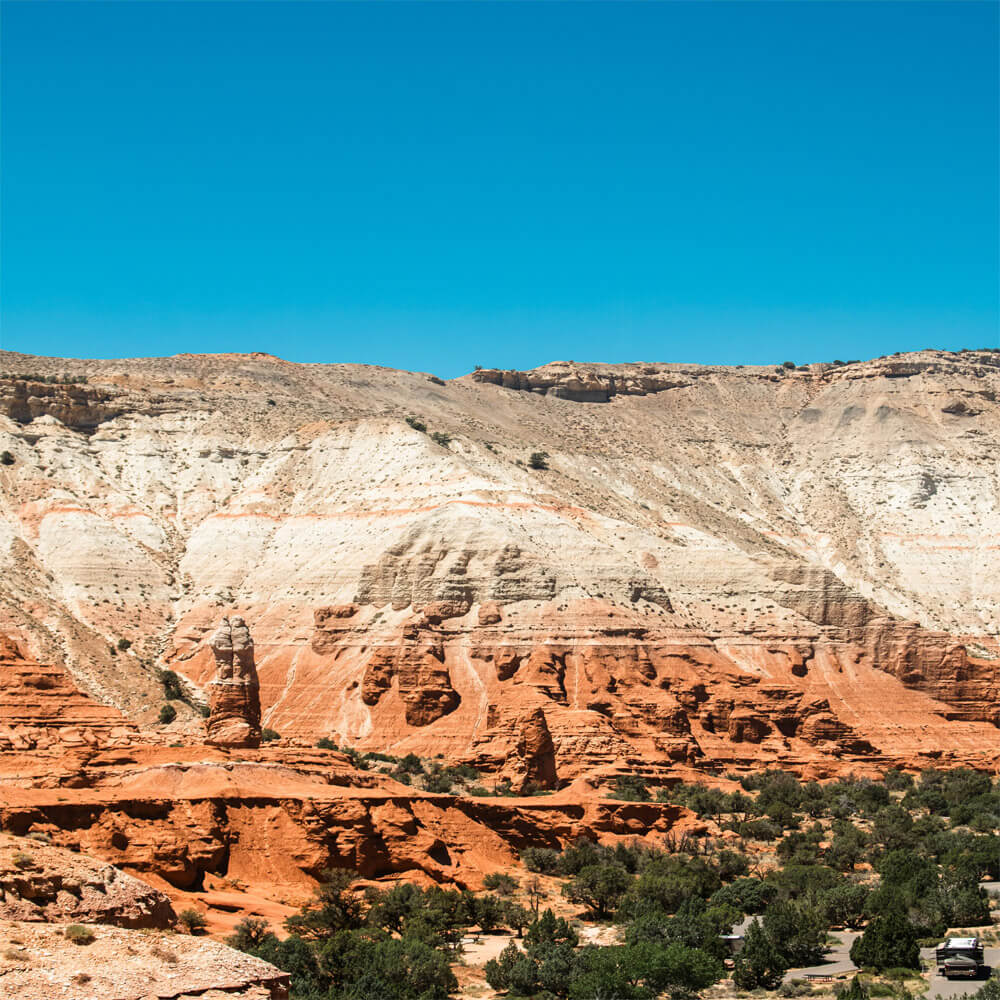
Although trekking in remote regions of Nepal is an exhilarating experience, there are difficulties involved. Remote trails have fewer amenities and need more preparation than well-known trekking routes like the Annapurna Circuit or Everest Base Camp. Here are some crucial pointers to ensure a memorable, comfortable, and safe remote trekking trip.
Physical Fitness and Training
Walking six to eight hours a day on rough, steep, and uneven trails is a common part of remote treks, which typically last longer. It is crucial to get your body ready before beginning your trek. Running, swimming, and cycling are examples of regular aerobic exercises that will increase stamina. Your journey will be easier if you perform strength training and backpack trekking. You can handle altitude better if you are physically fit.
Acclimatization and Altitude Awareness
The majority of Nepal's isolated treks take place above 4,000 meters, when altitude sickness can become a major issue. Plan enough days for acclimatization and avoid rushing to get taller too soon. Walk steadily, stay away from alcohol, and drink lots of water. Rest right away and let your guide know if you experience any symptoms, such as headache, nausea, or lightheadedness.
Right Gear and Packing
When trekking in distant areas, it is crucial to pack the appropriate equipment. Bring a dependable backpack, warm clothes, rain gear, strong trekking boots, and a decent quality sleeping bag. A sleeping bag is necessary for warmth because tea houses in many isolated locations only offer the most basic amenities. Since electricity might not always be accessible, remember to pack a first aid kit, water purification pills, and a torch.
Importance of a Guide and Porter
Remote pathways might not have the same signage as well-traveled trails. Employing a certified guide guarantees cultural awareness, safe travel, and accurate navigation. You can trek more easily if you hire a porter to carry your bulky bags. In addition, guides aid in emergency situations, permit management, and lodging arrangements. Trekking with local experts improves your experience and increases security.
Food and Accommodation Expectations
There are typically fewer tea houses with extremely basic food and lodging in remote trekking locations. Typically, meals include potatoes, noodles, and dal bhat (rice and lentils). Basic rooms without heating and occasionally communal restrooms are available. It can be useful to have some food on hand, such as chocolate or energy bars. It will go more smoothly if you are mentally ready for reduced comfort.
Permits and Regulations
Restricted locations requiring special permissions include Upper Mustang, Dolpo, and Kanchenjunga, among other extreme treks. A recognized trekking organization is required to arrange these permits, which are typically more costly than regular ones. Trekking without permissions might result in fines or denied access, so always verify the rules before you go.
Travel Insurance
Remote treks frequently take place far from large cities, making emergency evacuation challenging and expensive. It is highly suggested that you have enough travel insurance that covers both helicopter rescue and high-altitude trekking. This guarantees safety and peace of mind in unforeseen circumstances.
Respect Local Culture and Nature
There are distinctive cultures and customs in remote areas. Always ask permission before taking pictures, dress modestly, and respect local customs. Recycle your rubbish or properly dispose of it to preserve the delicate alpine ecosystem. Trekking sustainably guarantees that these paths will continue to be stunning for years to come.
Remote trekking in Nepal is challenging but highly rewarding for those who prepare well. You may have a safe and memorable trip in the Himalayas if you are physically fit, have the right equipment, have a knowledgeable guide, and respect the indigenous way of life.
Conclusion: Best Remote Trekking in Nepa
Remote trekking in Nepal is the perfect choice for adventurers who want to go beyond the busy trails and experience the Himalayas in their raw, untouched beauty. These excursions take you to places that few tourists ever visit, such secret valleys and old cultures. Although they require more time, planning, and physical endurance, the rewards calm pathways, genuine interactions with local people, and stunning vistas of some of the highest peaks in the world are priceless.
The trek is safer and more comfortable when you choose our company, Nepal Trekking Routes since we offer knowledgeable guides, handle logistics, and guarantee appropriate acclimatization. Remote trekking offers a genuine adventure, whether your goal is to explore the untamed Dolpo, the mysterious Upper Mustang, or the difficult Makalu region. The ideal remote trek ultimately depends on how well it fits your passion of the mountains and your spirit of exploration.
Frequently Asked Question
What makes remote trekking in Nepal different from popular treks?
Remote treks are less crowded and more adventurous compared to busy routes like Everest or Annapurna. They take you into untouched landscapes, traditional villages, and areas with fewer facilities.
Which are the best remote treks in Nepal?
Some of the most famous remote treks include Upper Mustang Trek, Dolpo Region Trek, Kanchenjunga Base Camp Trek,Makalu Base Camp Trek, and Manaslu Circuit Trek. Each offers unique culture, scenery, and challenges.
How difficult are remote treks in Nepal?
Remote treks are generally more difficult because of long walking days, steep climbs, and high altitude. They also have fewer tea houses and facilities, so trekkers need good fitness and preparation.
Do I need a guide for remote trekking?
Yes, a guide or porter is highly recommended for safety, navigation, and cultural insights. Some regions, like Upper Mustang and Dolpo, are restricted areas and require a licensed guide by law.
Who should choose remote trekking in Nepal?
Remote treks are best for experienced trekkers who enjoy challenges, adventure, and cultural immersion. They are ideal for people who want to avoid crowded trails and explore hidden parts of the Himalayas.

